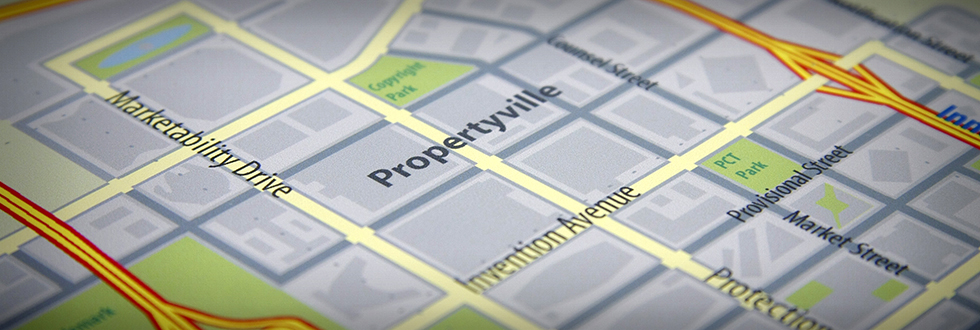
by Catherine Murari-Kanti, UNeMed | December 13, 2017
Part five of a series
Bench to market can happen in one of two ways, both with the same ultimate goal: Developing the invention into a final product.
The most common path is protecting the intellectual property, and licensing the invention and its rights to a company. The other option is to build a new startup company around the innovation.
Either way, protecting the intellectual property that comes out the University of Nebraska is of utmost importance to UNeMed.
Intellectual property are inventions or materials that may be protected under the patent, trademark or copyright laws. Like any owned property, intellectual property can be bought and sold and, unfortunately, stolen. At UNeMed, we work closely with our inventors to make sure we effectively protect intellectual property that stems from University research.
UNeMed typically works with four different types of intellectual property:
Patents
Enumerated in the Constitution by the Founding Fathers, , a U.S. patent gives inventors a legal, although temporary, monopoly. Most patents are valid for 20 years. During that time, patent holders have the right to exclude others from making, using, selling, offering to sell and importing the patented invention. A patentable invention could be a process or method, a machine, an article of manufacture, or a composition of matter.
UNeMed mostly uses patents to protect Nebraska’s intellectual property related to new inventions in research tools, devices, compounds and drug formulations. UNeMed seeks industrial partners who can either sponsor research to improve the invention, or take over the patent rights to develop the product on their own.
Stay tuned for the next installment of this series, which will take a more in-depth view on patents.
Copyrights
Authors of “original works of authorship” are protected by copyrights. This includes literary, dramatic, musical and artistic works, as well as computer software. This protection is available to both published and unpublished works.
Copyrights are automatically secured for tangible mediums such as a book, software code or video. Sometimes, UNeMed waits to register a copyright till a commercial product is ready for manufacture. Copyright protection generally extends through the author’s lifetime plus 70 years, depending on several other factors. At UNeMed, most copyrighted works are things like software applications or educational materials.
Trademarks
A trademark includes any word, name, symbol, device, or combination that is used in commerce to identify and distinguish the goods of one manufacturer or seller from those manufactured or sold by others. Company logos can be an example of trademarks.
Trademarks make it easy to remember who produces a product. Golden arches that appear along the roadside alert people that a McDonalds ahead. There is no mention of the name “McDonalds” on the golden arches, but the symbol clearly differentiates them from other fast food restaurants.
Trademarks are registered at the United States Patent and Trademark Office and generally become protected as soon as they are adopted by the organization and used in commerce, even before registration.
Trade Secrets
The first things that comes to mind when thinking of a trade secret is Coca-Cola and its vault that holds the recipe for the inestimable carbonated beverage, or the composition of WD-40 or the recipe for Twinkies or Listerine. A trade secret is any information that is valuable, at least in part, due to its secrecy and which the owner maintains reasonable efforts to keep the secret.
This is part of a series of blog posts covering the many services UNeMed provides for faculty, students and staff at UNMC and UNO. Our next installment will dive a little deeper into patents. Here’s the full list of topics:



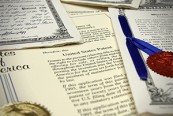
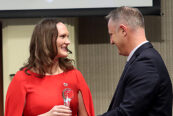



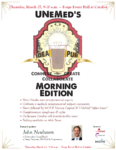
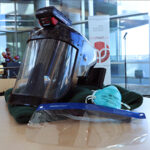
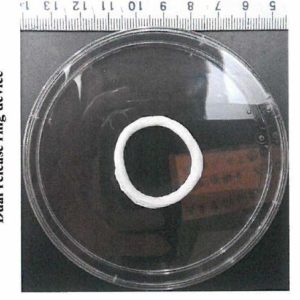
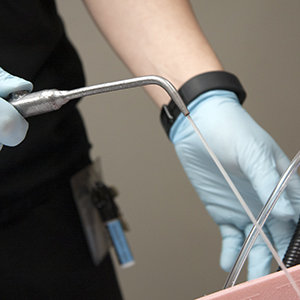
[…] Intellectual Property […]
[…] Intellectual Property […]
[…] Intellectual Property […]
[…] Intellectual Property […]